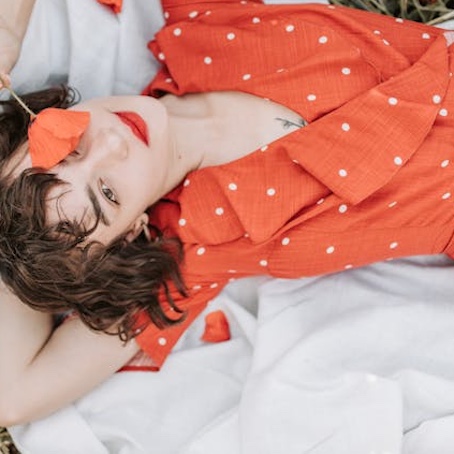Formalwear Futures: Wedding Guest Style for Fashion Students

28-10-2025
For aspiring designers and stylists, understanding how contemporary formalwear evolves is key. Weddings remain a fascinating test of balance, blending creativity, sophistication and social etiquette. While the 2025 season has blurred the boundaries between classic elegance and modern expression, the runway continues to influence what guests wear to ceremonies across the UK.
From pastel minimalism to sculptural silhouettes, today’s trends reveal how fabric, colour, and cut can tell a story. Here’s a look at the key themes shaping formal fashion for weddings and what they might mean for emerging designers.
Elevated Pastels & Modern Colour Theory
Pastel tones are back, but with a design-led twist. Rather than sugary pinks, think muted lilacs, soft sage, and buttery yellows layered with neutral undertones. These palettes feel less like “bridesmaid chic” and more like sophisticated chromatic studies in tone and texture.
Students experimenting with draping or surface texture should consider how lightweight chiffons and matte satins interact with pastel pigments under natural light. Accessorising remains minimal: a woven clutch or small sculptural bag works as both a design accent and a functional piece.
Bold Prints & Playful Patterns
If subtle tones aren’t your style, bold prints continue to dominate the post-pandemic wedding scene. Florals have become more graphic, and polka dots appear on women’s dresses in unexpected colourways such as burgundy and blush pink. Print placement is crucial. Asymmetry and scale can redefine proportion and movement in a garment.
Fashion students can draw inspiration from 1970s archival references, combining playful nostalgia with contemporary tailoring. Keep styling simple: neutral footwear and fine jewellery allow print design to remain the focal point. A cropped or structured blazer can help integrate streetwear influences into formal contexts.
The Return of Sculptural & Romantic Silhouettes
The revival of 1990s drop-waist shapes and minimalist tailoring has sparked a shift toward architectural femininity, where form, not embellishment, carries the narrative. Think fluid satins, defined seams, and subtle corsetry.
These looks demonstrate the renewed importance of pattern cutting in design education. Students should experiment with fabric manipulation techniques that enhance volume without heaviness. Pairing a statement silhouette with a neutral clutch or understated earring allows the craftsmanship to take centre stage.
Sequins & Metallic Accents for Evening Glamour
Evening receptions invite a touch of theatricality. Metallic textiles, sequinned overlays, and iridescent jacquards are trending as key fabrics for designers looking to reinterpret glamour. Consider the sustainability angle too: recycled lurex and metallic blends are now widely available and align with industry shifts toward responsible sourcing.
A silver-threaded gown or gold lamé co-ord can transition seamlessly from ceremony to afterparty. For students, this is a reminder that eveningwear design isn’t just about decoration – it’s about storytelling through light, reflection and motion.
For fashion students, each of these trends offers an opportunity to observe and innovate. Wedding guest attire continues to mirror broader cultural changes, where individuality and sustainability meet timeless sophistication. Understanding this balance will help shape the next generation of designers redefining what “formal” really means.
Top image by Vlada Karpovich via pexels.com























